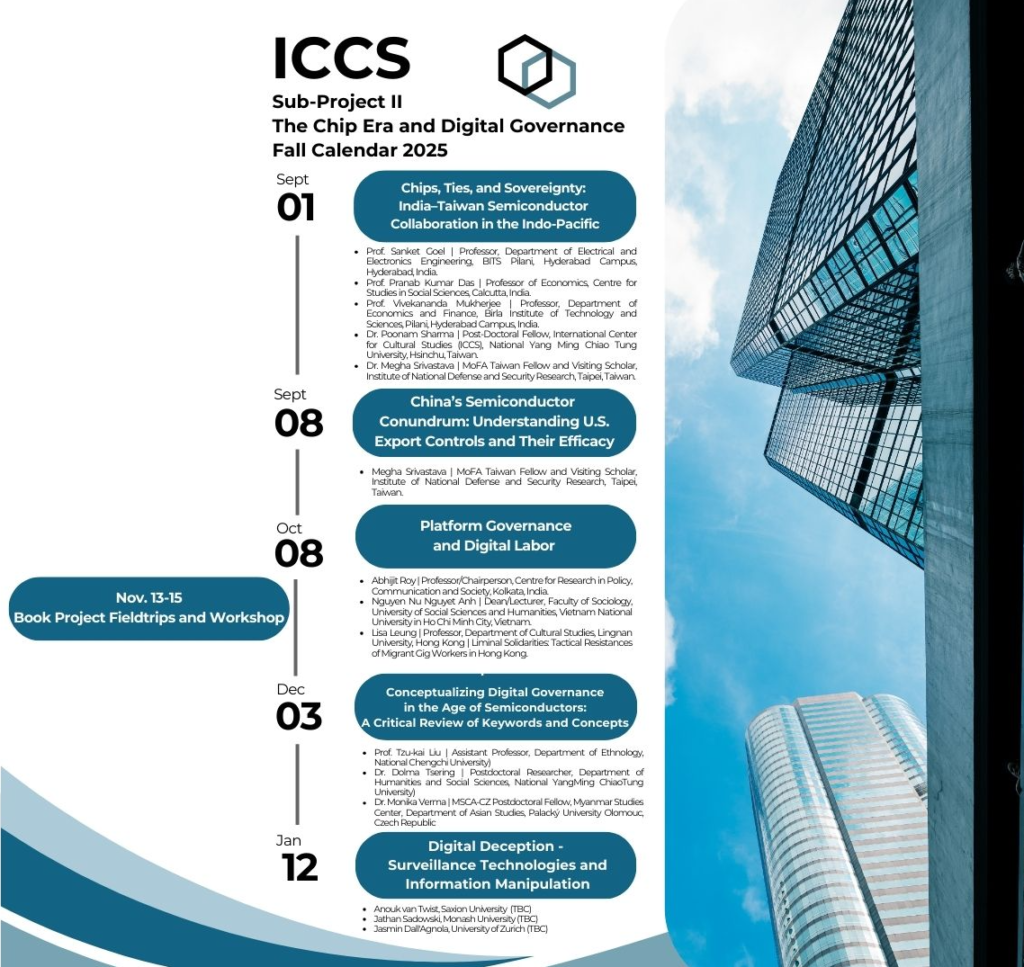
China’s semiconductor conundrum: Understanding US export controls and their efficacy
Megha Shrivastava & Amrita Jash
To cite this article: Megha Shrivastava & Amrita Jash (2025) China’s semiconductor conundrum: understanding US export controls and their efficacy, Cogent Social Sciences, 11:1,
2528450, DOI: 10.1080/23311886.2025.2528450
To link to this article: https://doi.org/10.1080/23311886.2025.2528450
© 2025 The Author(s). Published by Informa UK Limited, trading as Taylor & Francis Group
Published online: 06 Jul 2025.
Abstract
This article discusses the evolution of the US–China tech rivalry from Trump’s first term to the Biden administration and examines the efficacy of US export control measures. To highlight the changing relevance of traditional economic statecraft tools such as export controls, the article explores the tech rivalry through three key objectives. First, it analyzes how the dynamics of hegemonic competition between the US and China have evolved, particularly in light of their economic and military dependence on Taiwan’s semiconductor industry. Second, it reviews the state of China’s semiconductor sector and assesses how American export control policies are reshaping the Chinese chip industry. Third, the article evaluates the effectiveness of US sanctions on China, identifying four key ways in which Chinese chipmakers have managed to circumvent these measures. The paper argues that America’s chokepoint strategy is increasingly proving to be a fallacy, as US policies have inadvertently accelerated China’s push for domestic innovation in high-tech sectors. This trend exposes a structural flaw in the conventional geoeconomic strategy of export controls, as global supply chains appear to be less controllable by US-led policies. It reflects a broader strategic realignment with deeper implications for global power dynamics.






